Tea has been cherished worldwide for centuries, with each region developing its unique blends that reflect its culture and traditions. In this article, we’ll explore famous tea blends from around the globe, uncovering their rich histories and the cultural significance they hold. Whether you’re a seasoned tea enthusiast or a curious newcomer, join us on this flavorful journey through the world of tea.
Darjeeling Tea (India)
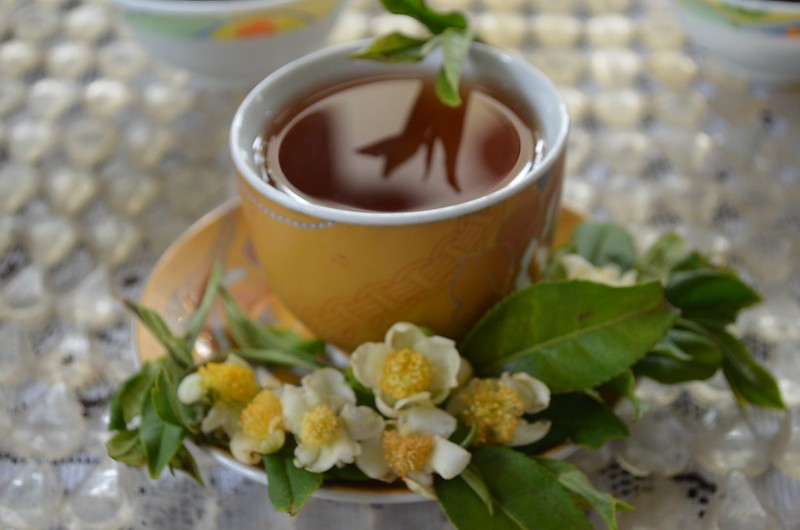
Darjeeling tea, often called the “Champagne of Teas,” is cultivated in the Darjeeling district of West Bengal, India. This tea is renowned for its delicate flavor and musky-sweet aroma with hints of florals and fruit. Its unique taste is attributed to the high-altitude tea gardens and the specific terroir of the region. Darjeeling tea holds cultural significance as it reflects the colonial history and agricultural heritage of India.
Matcha (Japan)
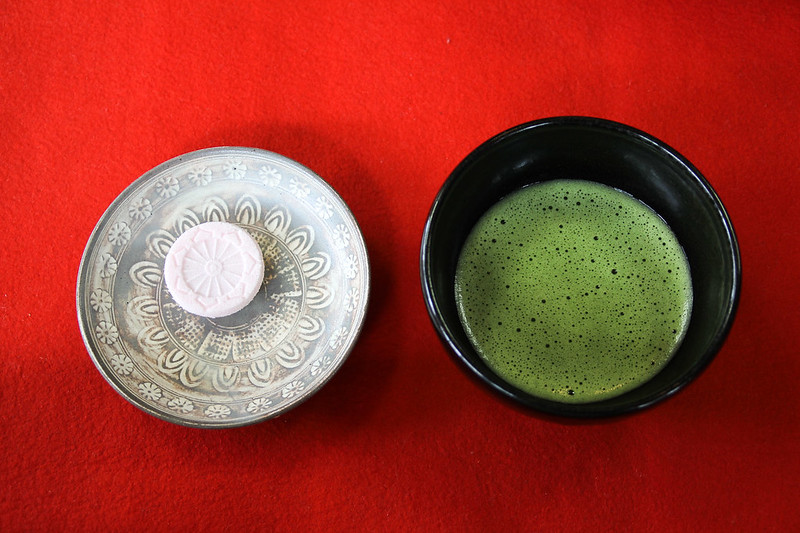
Matcha is a finely ground green tea powder from Japan, traditionally used in Japanese tea ceremonies. It is made from shade-grown tea leaves, which are de-stemmed and de-veined before being stone-ground into a fine powder. Matcha’s vibrant green color, rich umami flavor, and high antioxidant content make it a revered beverage. Culturally, matcha represents mindfulness, tranquility, and the artistry of Japanese tea culture.
Earl Grey (United Kingdom)
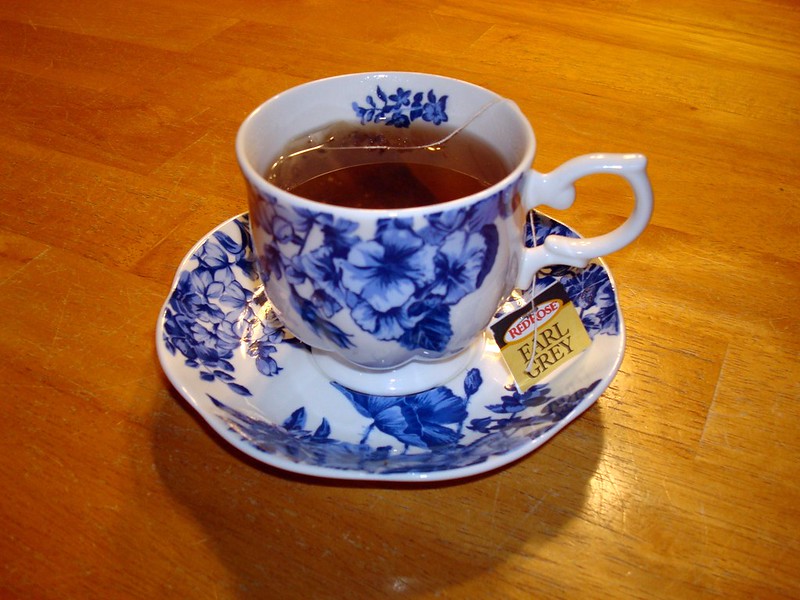
Earl Grey is a black tea blend flavored with oil of bergamot, a citrus fruit. Named after Charles Grey, the 2nd Earl Grey, this tea has a distinctive floral and citrusy aroma. Earl Grey tea has become a symbol of British tea culture, often enjoyed with a splash of milk or a slice of lemon. Its popularity reflects the British tradition of afternoon tea and the blending of global flavors.
Masala Chai (India)
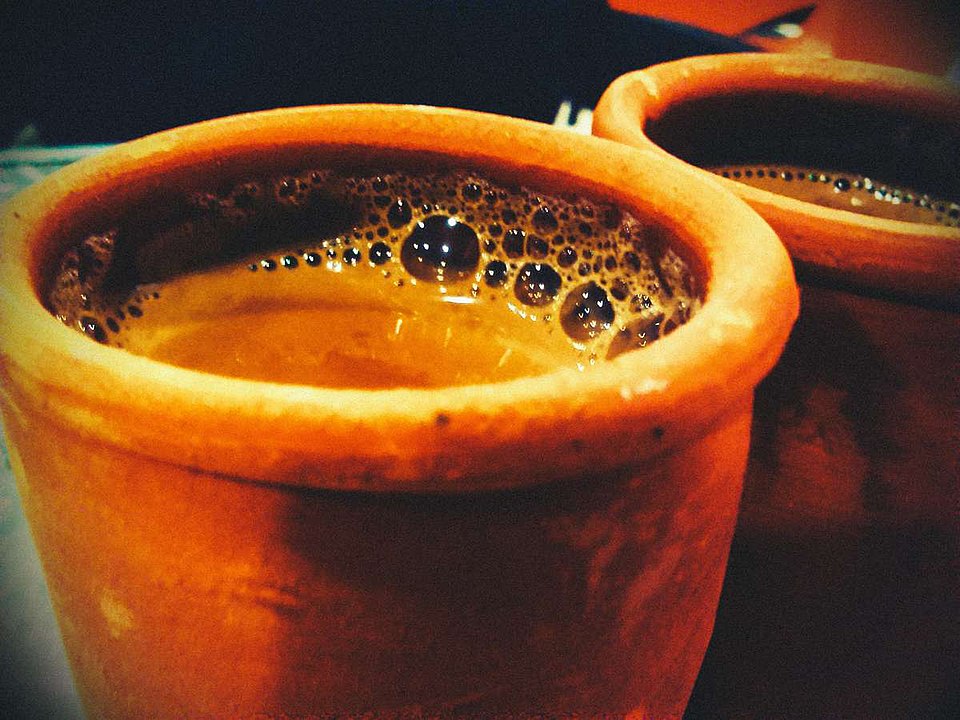
Masala Chai is a spiced tea blend from India, made by brewing black tea with a mixture of aromatic spices and herbs such as cardamom, cinnamon, ginger, cloves, and black pepper. This robust and spicy tea is traditionally boiled with milk and sweetened with sugar. Masala Chai holds deep cultural significance in India, symbolizing hospitality and the rich culinary heritage of Indian spices.
Oolong Tea (China)
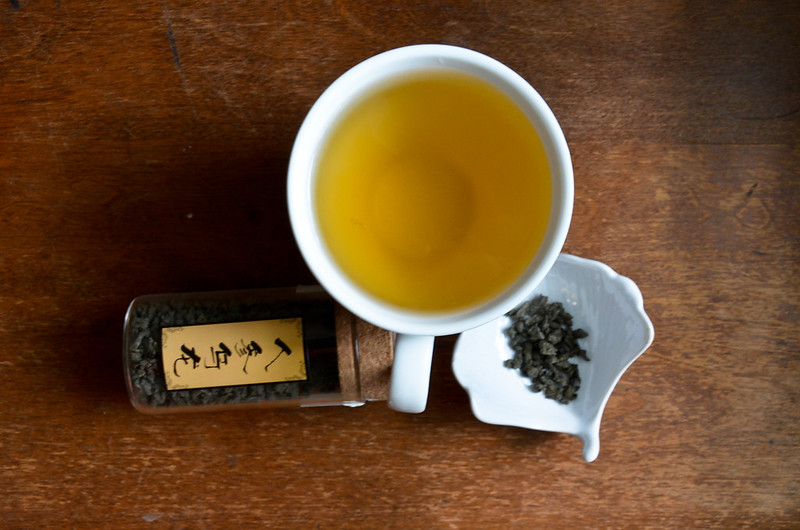
Oolong tea is a traditional Chinese tea, known for its partially oxidized leaves that fall between green and black tea. It offers a complex flavor profile with floral, fruity, and toasty notes. Originating from the Fujian province, Oolong tea is celebrated for its health benefits and the intricate craftsmanship involved in its production. It represents the rich tea-drinking traditions of China and the appreciation for nuanced flavors.
Rooibos (South Africa)
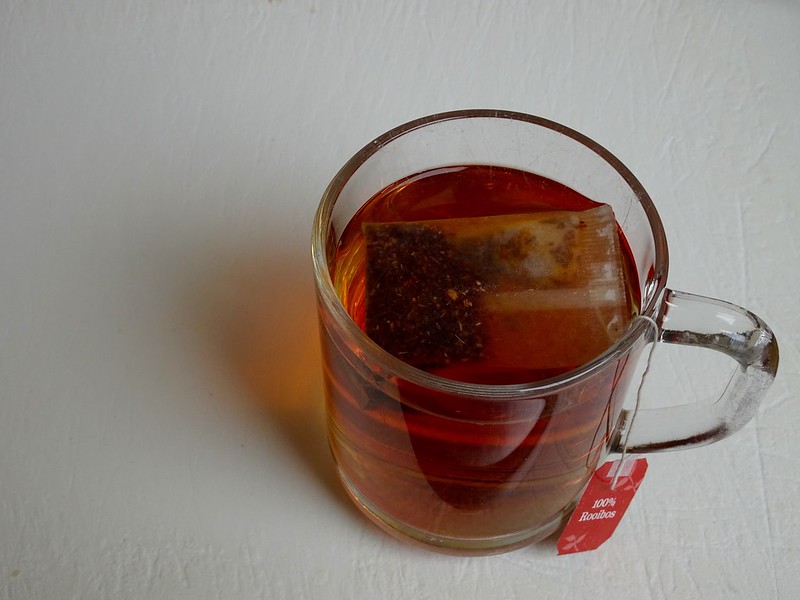
Rooibos, or red bush tea, is a caffeine-free herbal tea from South Africa. Made from the leaves of the Aspalathus linearis plant, Rooibos has a sweet, nutty flavor with earthy undertones. It is rich in antioxidants and low in tannins, making it a popular health beverage. Culturally, Rooibos is a symbol of South African heritage and the indigenous knowledge of traditional healing practices.
Sencha (Japan)
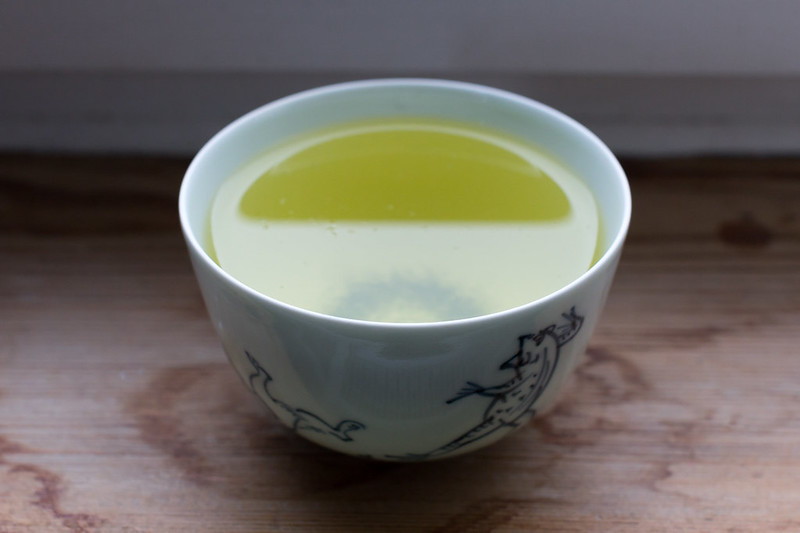
Sencha is a popular green tea in Japan, made from the first or second flush of tea leaves. It has a bright green color and a fresh, grassy flavor with a slight astringency. Sencha is an integral part of Japanese daily life, enjoyed for its refreshing taste and numerous health benefits. It reflects the Japanese appreciation for simplicity and the natural beauty of tea.
Chrysanthemum Tea (China)
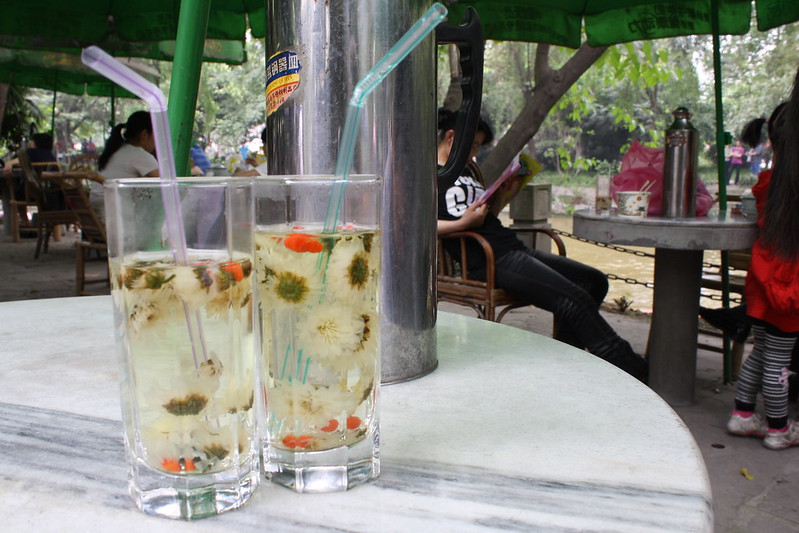
Chrysanthemum tea is an herbal tea made from dried chrysanthemum flowers. This tea has a mild, floral flavor and is often consumed for its cooling properties and medicinal benefits, such as reducing inflammation and aiding digestion. In Chinese culture, chrysanthemum tea is associated with longevity and has been enjoyed since the Song Dynasty as a symbol of rejuvenation and vitality.
Genmaicha (Japan)
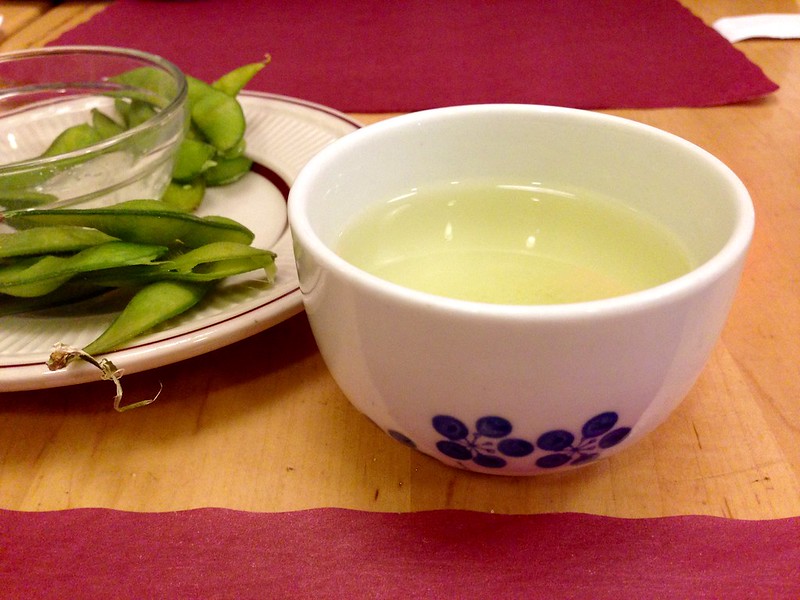
Genmaicha, also known as “brown rice tea,” is a blend of green tea and roasted brown rice. This Japanese tea has a unique nutty flavor with a hint of sweetness from the rice. Traditionally, it was consumed by poorer Japanese citizens who added rice to their tea to make it more filling. Today, Genmaicha is enjoyed for its comforting taste and is a testament to the resourcefulness and cultural history of Japan.
Pu-erh (China)
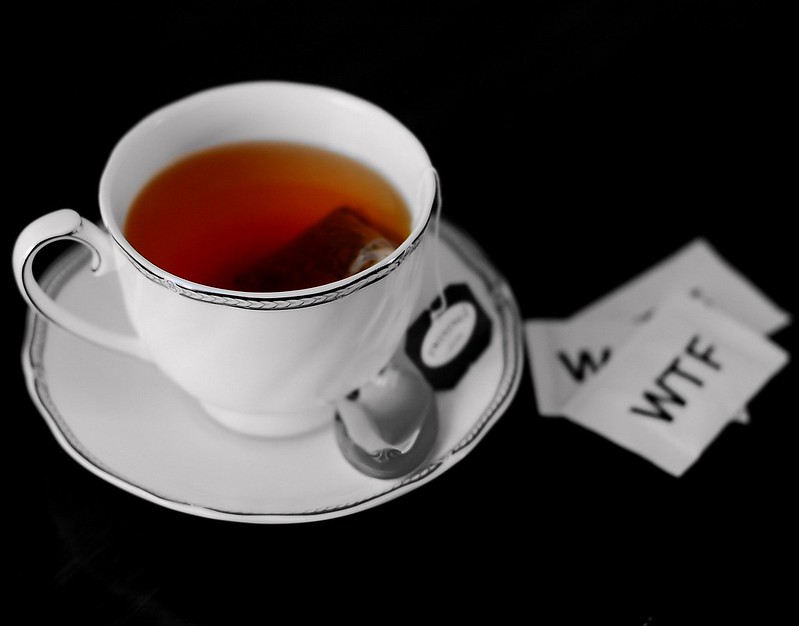
Pu-erh tea is a fermented dark tea from Yunnan province, China. It is known for its earthy, mellow flavor and potential health benefits, such as aiding digestion and reducing cholesterol. Pu-erh tea undergoes a unique aging process, which can span years or even decades, enhancing its complexity. This tea holds cultural importance in China, symbolizing tradition, patience, and the art of tea aging.
Yerba Mate (South America)
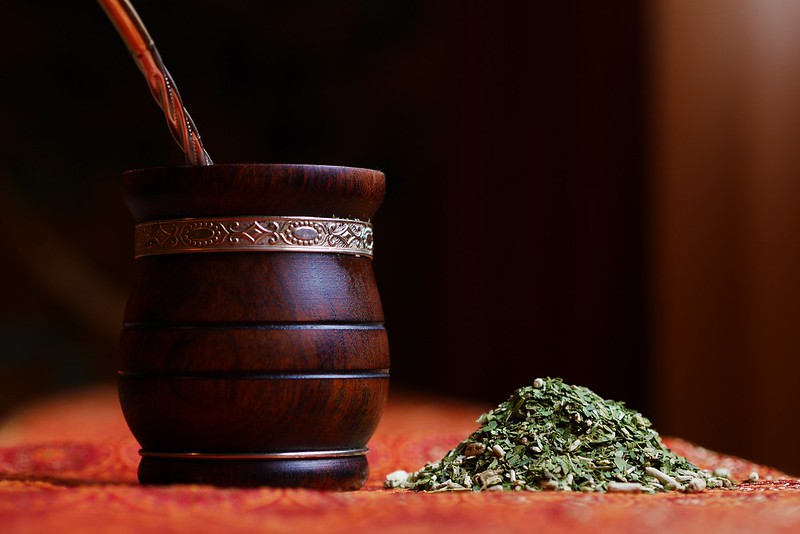
Yerba Mate is a traditional South American beverage made from the leaves of the Ilex paraguariensis plant. It has a grassy, slightly bitter taste and is known for its high caffeine content and energizing effects. Yerba Mate is consumed communally from a gourd with a metal straw, symbolizing friendship and social bonding in countries like Argentina, Brazil, and Paraguay.
Ceylon Tea (Sri Lanka)
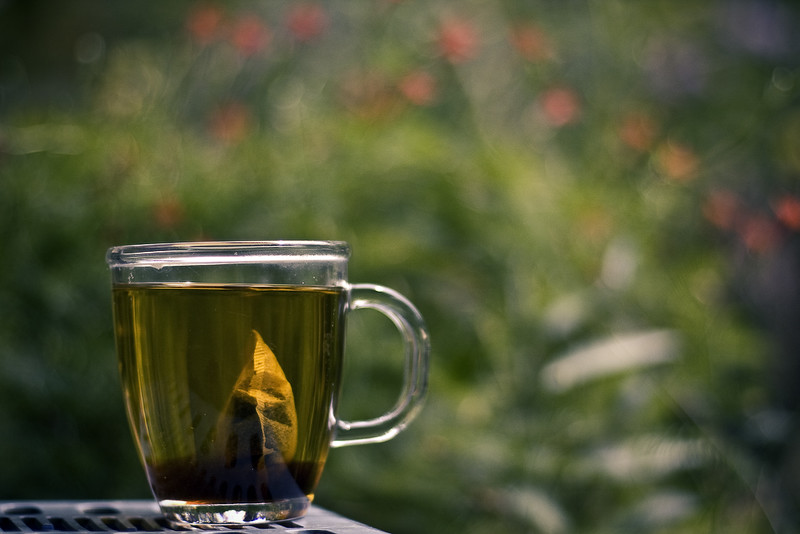
Ceylon tea, named after the former name of Sri Lanka, is a popular black tea known for its bright, bold flavor and brisk, citrusy notes. Grown in the highlands of Sri Lanka, Ceylon tea is enjoyed globally and is a significant export product for the country. It represents Sri Lanka’s rich tea-growing heritage and the island’s contribution to the global tea market.
Chamomile Tea (Europe)
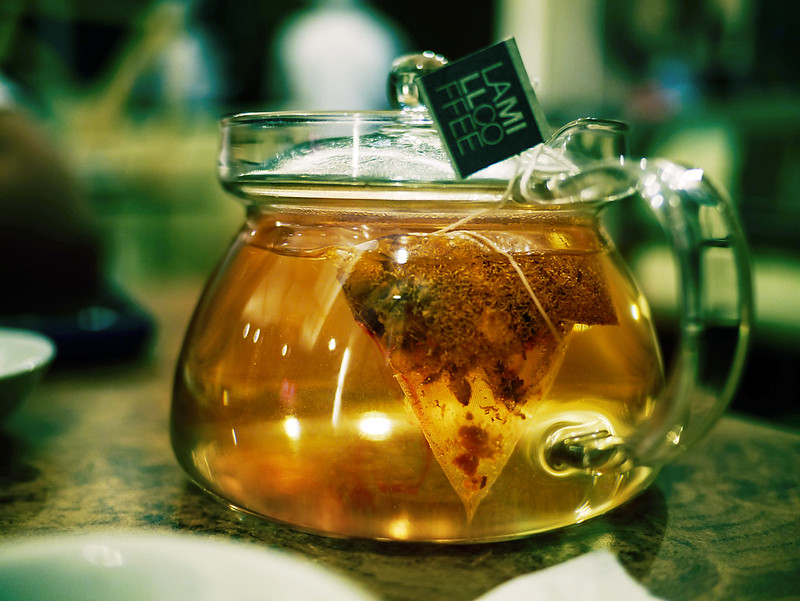
Chamomile tea is an herbal infusion made from dried chamomile flowers. Known for its calming and soothing properties, chamomile tea has a mild, apple-like flavor. It has been used for centuries in Europe and other parts of the world as a natural remedy for anxiety, insomnia, and digestive issues. Chamomile tea symbolizes relaxation and the traditional use of herbal medicine.
Assam Tea (India)
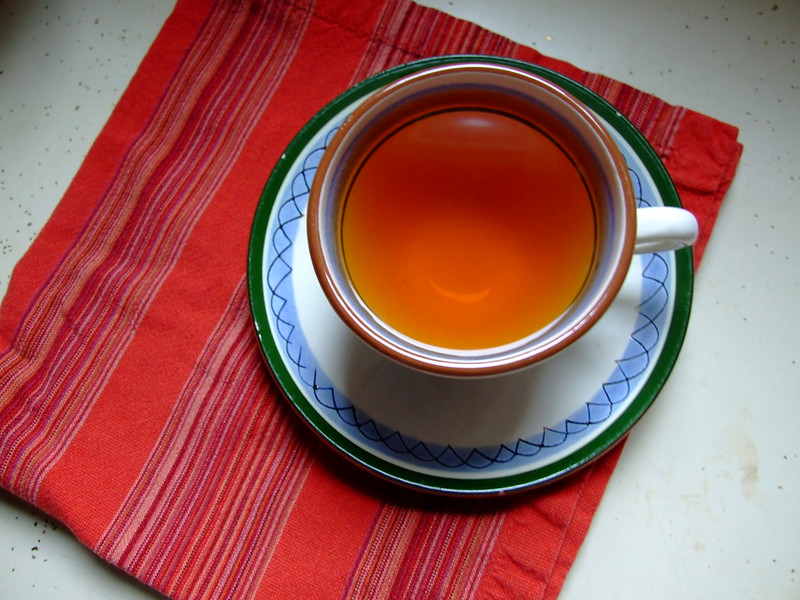
Assam tea is a robust black tea grown in the Assam region of India. It has a malty, bold flavor with a deep amber color. Assam tea is often used in breakfast blends like English Breakfast tea and is a staple in Indian households. It reflects the agricultural richness of the Assam region and the global popularity of strong, full-bodied black teas.
Jasmine Tea (China)
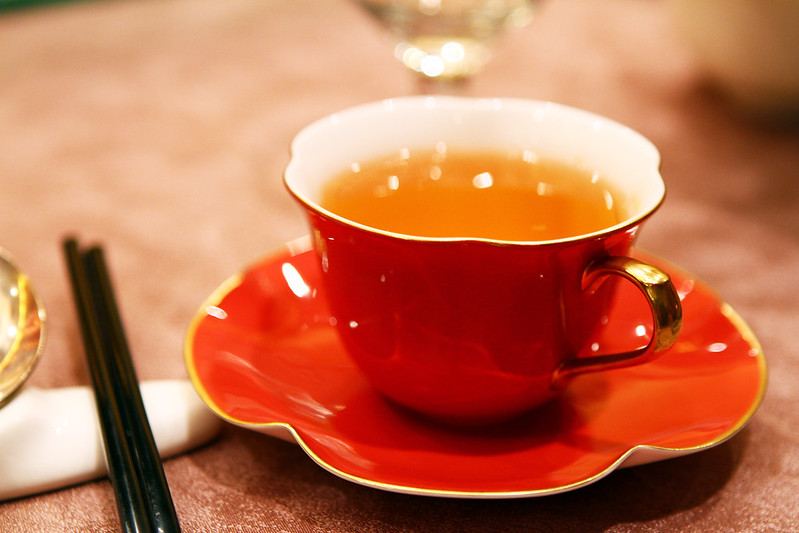
Jasmine tea is a fragrant tea made by infusing green or white tea leaves with jasmine flowers. This tea has a sweet, floral aroma and a delicate taste. Jasmine tea has been enjoyed in China for centuries and is often served at special occasions and celebrations. It represents the Chinese appreciation for aromatics and the art of tea blending.
Lapsang Souchong (China)
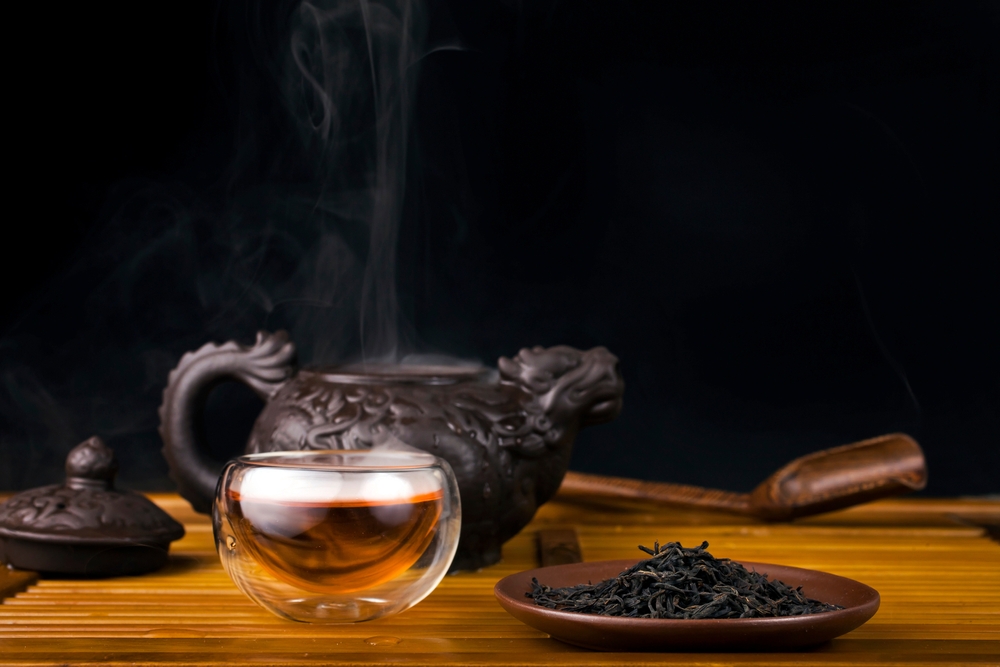
Lapsang Souchong is a unique black tea from the Fujian province of China, known for its distinct smoky flavor. The tea leaves are traditionally dried over pinewood fires, giving them a robust, smoky character. Lapsang Souchong is often used in culinary applications and is appreciated for its bold, unconventional taste. It symbolizes the innovative techniques and regional diversity of Chinese tea production.
English Breakfast Tea (United Kingdom)
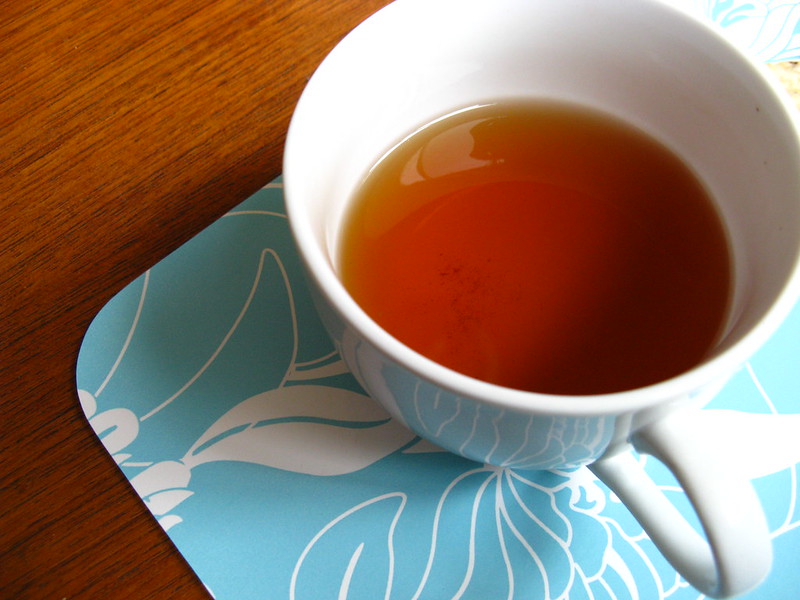
English Breakfast Tea is a popular black tea blend, typically made from Assam, Ceylon, and Kenyan teas. It has a strong, full-bodied flavor and is often enjoyed with milk and sugar. This tea blend is a staple of British breakfast culture, reflecting the tradition of hearty morning meals and the British love for robust teas.
Mint Tea (Morocco)
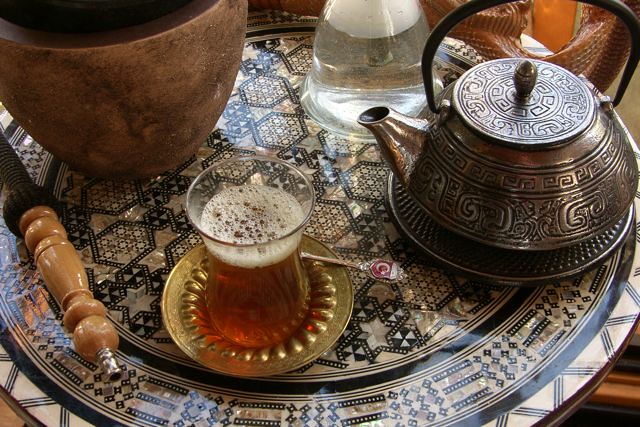
Moroccan Mint Tea, or “Maghrebi Mint Tea,” is a blend of green tea, fresh mint leaves, and sugar. It has a refreshing, sweet taste and is traditionally served in small glasses. In Moroccan culture, mint tea is a symbol of hospitality and is often prepared and served with great ceremony. It represents the social and cultural importance of tea in North African traditions.
Turmeric Tea (India)
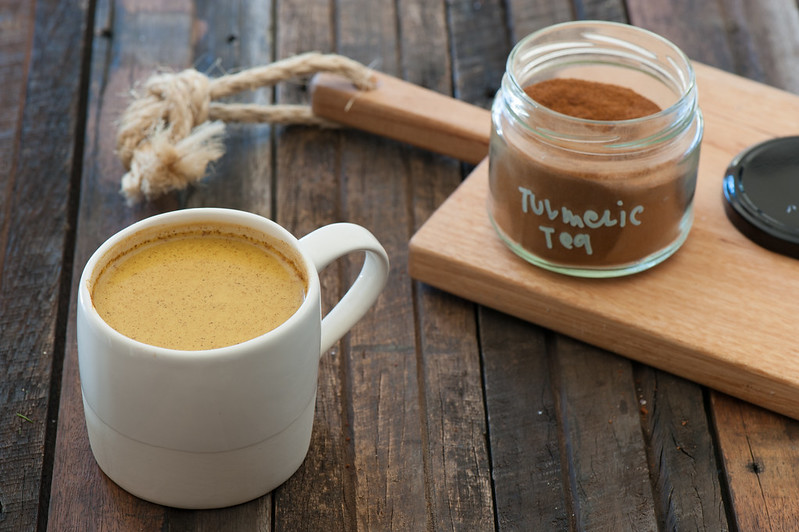
Turmeric Tea, also known as “Golden Milk,” is an herbal tea made from turmeric root, milk, and various spices like ginger and black pepper. It has a warm, earthy flavor with a hint of spice and is known for its anti-inflammatory and antioxidant properties. Turmeric tea is deeply rooted in Indian Ayurvedic practices, symbolizing health, wellness, and the traditional use of medicinal spices.
Chai Tea Latte (Global)
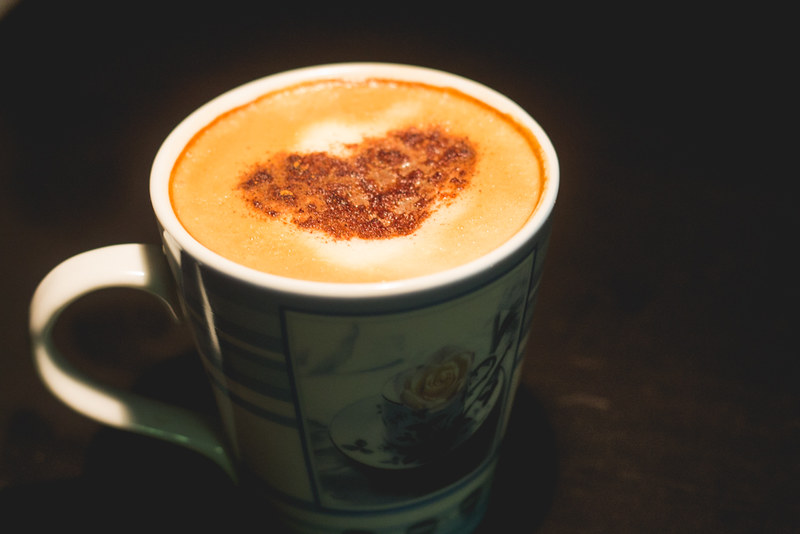
Chai Tea Latte is a popular beverage made by combining spiced black tea concentrate with steamed milk. Originating from the Indian Masala Chai, this drink has become a global favorite, especially in coffeehouses. It has a rich, spicy-sweet flavor and is often topped with foam or whipped cream. Chai Tea Latte represents the fusion of traditional Indian flavors with modern beverage trends.
Irish Breakfast Tea (Ireland)
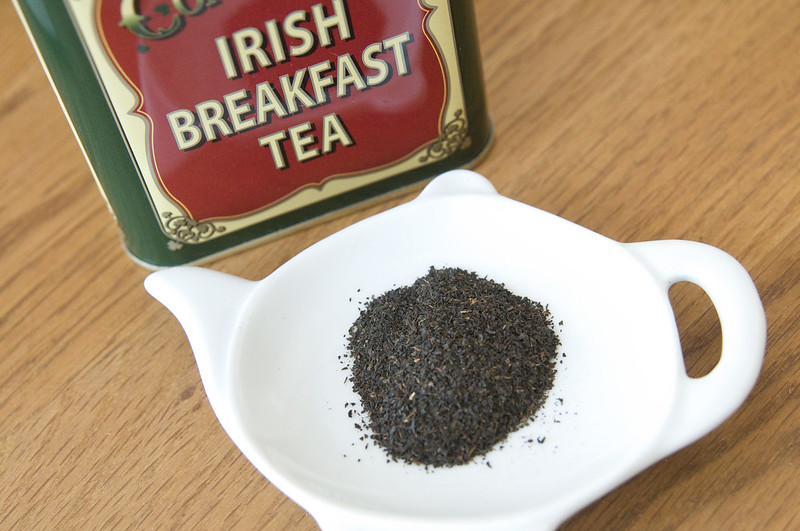
Irish Breakfast Tea is a strong black tea blend, often made from Assam tea leaves. It has a robust, malty flavor and is typically enjoyed with milk and sugar. This tea is a staple of Irish morning routines, reflecting the country’s preference for hearty, full-bodied teas that can stand up to milk. It symbolizes the comforting and energizing qualities of traditional Irish beverages.
Ginger Tea (Asia)
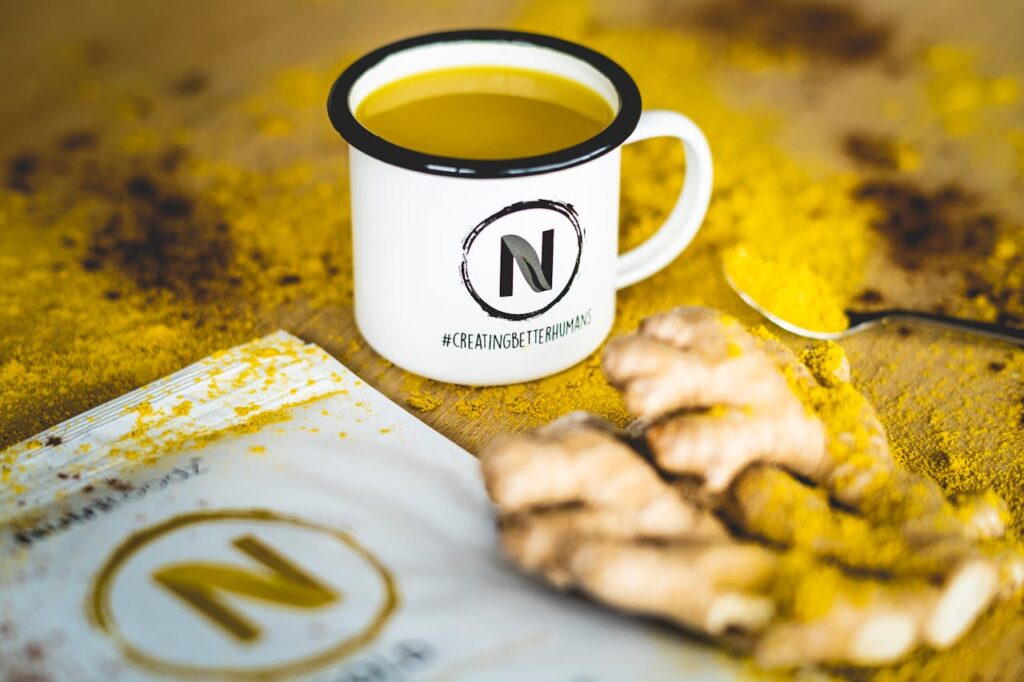
Ginger Tea is a spicy and warming herbal tea made from fresh or dried ginger root. It has a zesty, invigorating flavor and is often consumed for its digestive and anti-nausea benefits. Ginger tea is popular in many Asian cultures, where ginger is widely used in both culinary and medicinal applications. It represents the natural approach to wellness and the culinary versatility of ginger.
Chaga Tea (Russia)
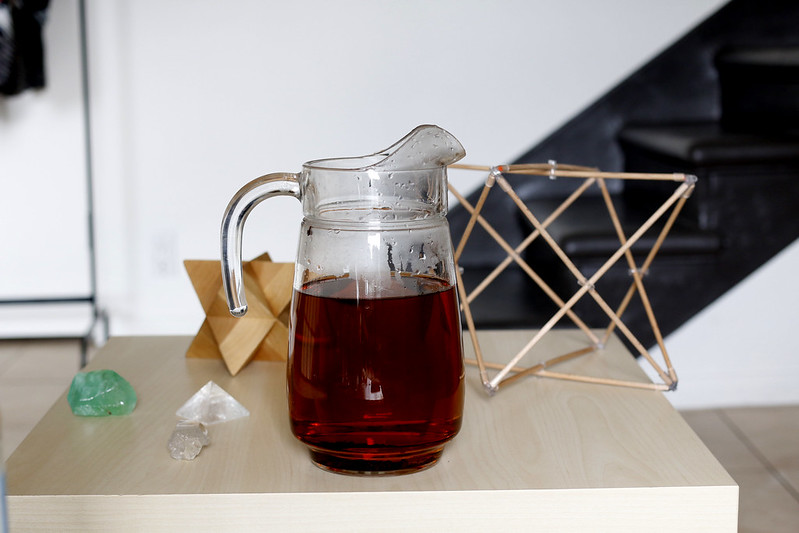
Chaga Tea is an herbal infusion made from the Chaga mushroom, which grows on birch trees in cold climates like Siberia. This tea has a mild, earthy flavor and is known for its immune-boosting and antioxidant properties. In Russian folk medicine, Chaga tea is revered for its health benefits and represents the traditional knowledge of natural remedies.
Milk Tea (Taiwan)
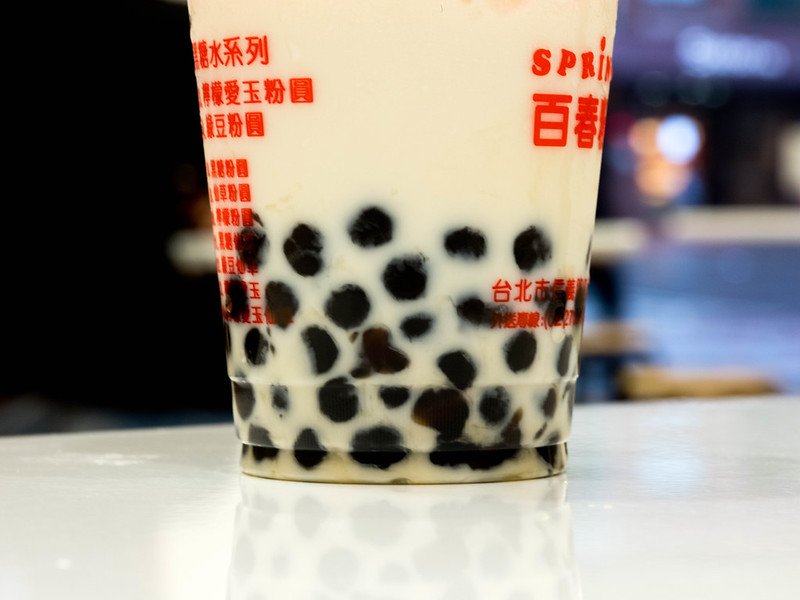
Taiwanese Milk Tea, often referred to as “Bubble Tea” or “Boba Tea,” is a popular beverage made by combining black tea, milk, sugar, and chewy tapioca pearls. It has a sweet, creamy flavor and a unique texture from the tapioca pearls. Originating in Taiwan, milk tea has become a global phenomenon, symbolizing the playful and innovative spirit of Taiwanese tea culture.
This article originally appeared on UnifyCosmos.
More from UnifyCosmos
21 Must-Have Crafting Tools for DIY Lovers

Embarking on do-it-yourself projects is not only fulfilling but also a fantastic way to explore your creativity. However, having the right crafting supplies is essential to ensure your projects turn out beautifully. Read More
23 Insightful Facts on Environmental and Conservation Concerns
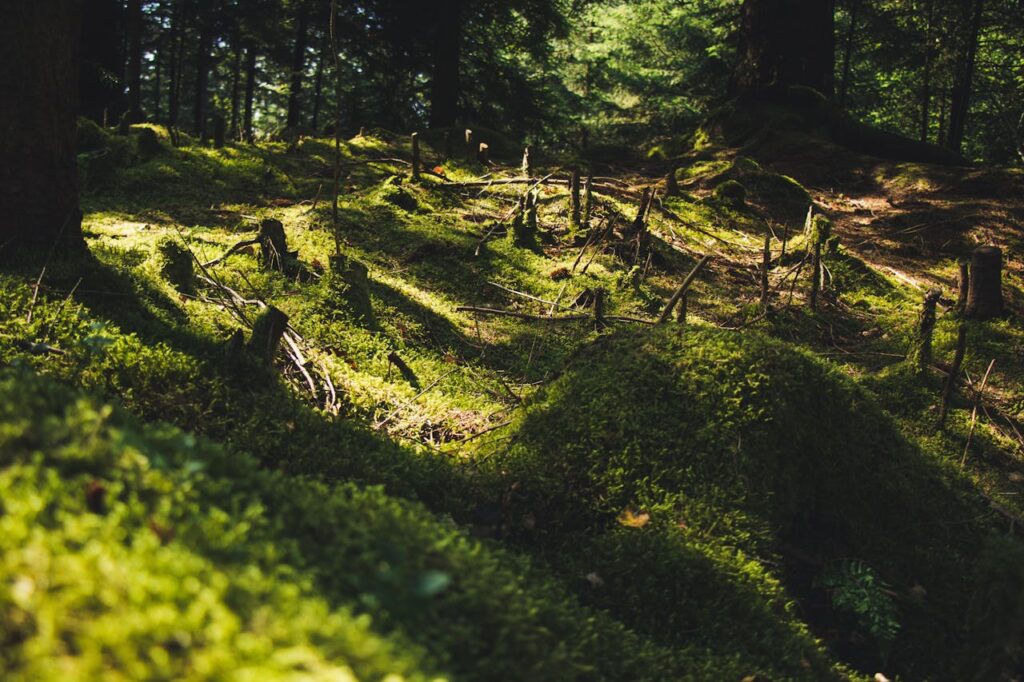
In today’s world, environmental issues and conservation efforts have become crucial topics that demand our attention. From climate change and pollution to endangered species and habitat destruction, the challenges facing our planet are vast and complex. Read More
24 Ingredients You Should Always Have in Your Kitchen
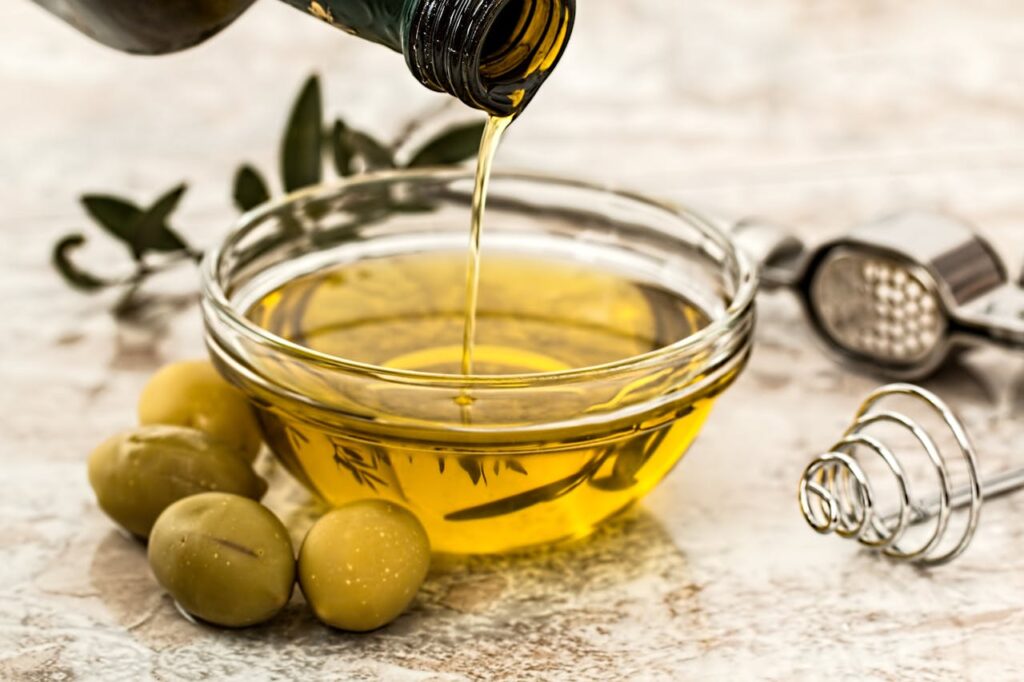
Having a well-stocked kitchen is the key to preparing delicious and nutritious meals with ease. Whether you’re a seasoned chef or just starting, certain ingredients are essential for creating a variety of dishes. Read More
Leave a Reply